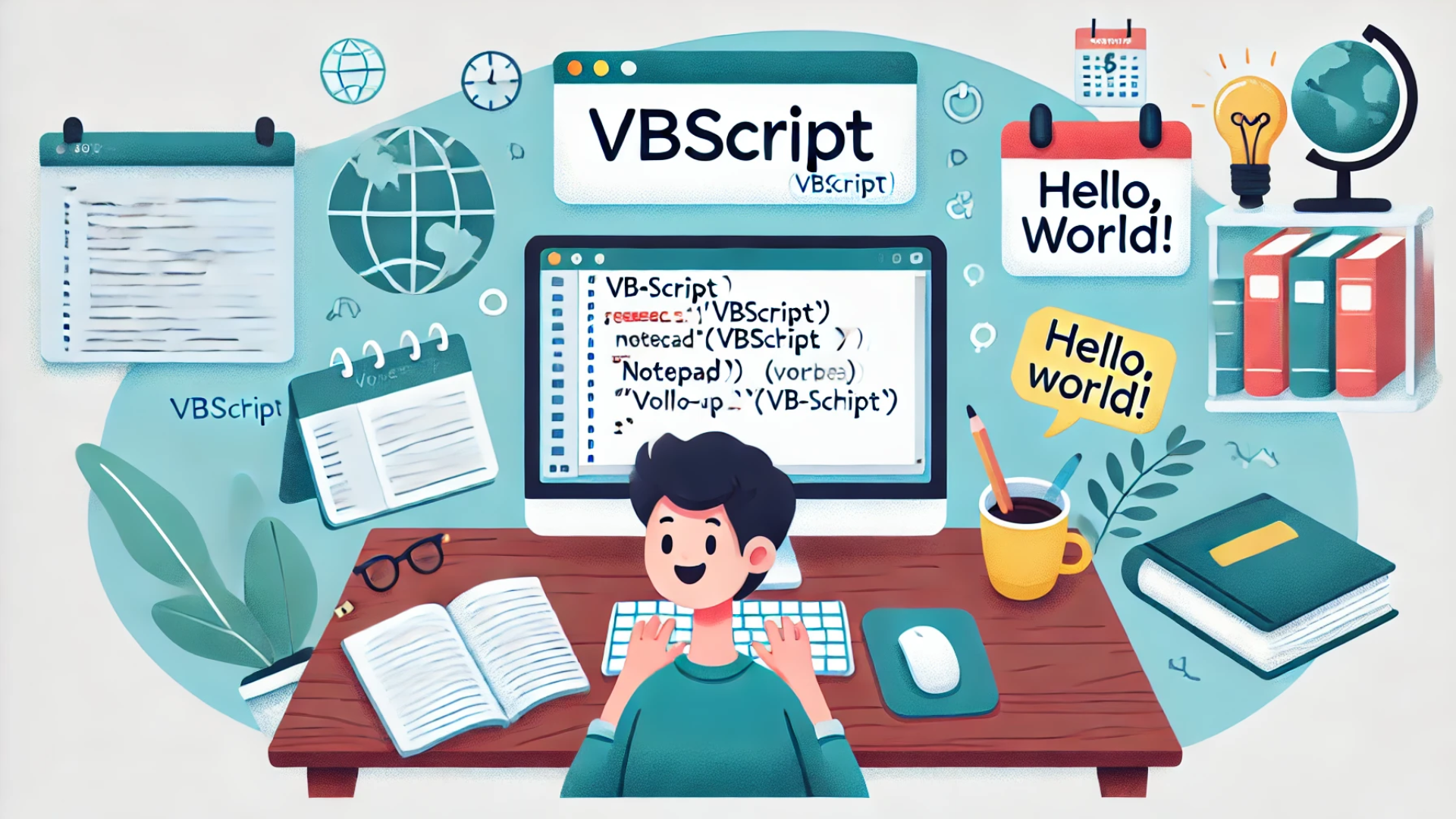
Ever wondered what VBScript is and how it can make your life easier? You’ve come to the right place! In this guide, we’ll uncover the basics of VBScript, show you how to write scripts, and explore its practical uses. Let’s dive in and demystify VBScript together!
What is VBScript?
VBScript, short for Visual Basic Scripting Edition, is a scripting language developed by Microsoft. It’s lightweight and easy to learn, making it perfect for beginners. VBScript is mainly used for automating tasks in Windows environments, enhancing web pages, and scripting in Microsoft applications like Excel.
Why Use VBScript?
- Simplicity: It’s easy to read and write.
- Integration: Works seamlessly with Windows applications.
- Automation: Helps automate repetitive tasks, saving you time.
Writing Your First VBScript
Getting started with VBScript is a breeze. Here’s a simple example to get you going.
- Open Notepad: We’ll use this to write our script.
- Write the Script: Type the following code into Notepad:
MsgBox "Hello, World!" - Save the File: Save it as
hello.vbs(make sure the extension is.vbs). - Run the Script: Double-click the saved file, and you’ll see a message box saying “Hello, World!”
Basic VBScript Syntax
Understanding the basic syntax of VBScript will help you write more complex scripts. Here are some key elements:
- Comments: Use the apostrophe (
') to add comments.' This is a comment MsgBox "Hello, World!" - Variables: Use
Dimto declare variables.Dim message message = "Hello, World!" MsgBox message - Control Structures: VBScript includes standard control structures like If-Then-Else and loops.
Dim number number = 10 If number > 5 Then MsgBox "Number is greater than 5" Else MsgBox "Number is 5 or less" End IfDim i For i = 1 To 5 MsgBox "Iteration: " & i Next
Practical Uses of VBScript
VBScript isn’t just for fun; it has many practical applications. Here are a few:
1. Automating Tasks
You can use VBScript to automate repetitive tasks on your computer. For example, creating a script to open multiple applications at startup.
Set objShell = CreateObject("WScript.Shell")
objShell.Run "notepad.exe"
objShell.Run "calc.exe"2. File Operations
VBScript can handle file operations like creating, reading, and writing files.
Dim fso, file
Set fso = CreateObject("Scripting.FileSystemObject")
Set file = fso.CreateTextFile("example.txt", True)
file.WriteLine("Hello, World!")
file.Close3. Excel Automation
You can automate tasks in Excel, like creating a new workbook and writing data to cells.
Dim excelApp, workbook, sheet
Set excelApp = CreateObject("Excel.Application")
Set workbook = excelApp.Workbooks.Add
Set sheet = workbook.Sheets(1)
sheet.Cells(1, 1).Value = "Hello, Excel!"
excelApp.Visible = TrueFAQs About VBScript
Q: Is VBScript still relevant today?
A: While newer scripting languages exist, VBScript remains useful for certain tasks, especially in Windows environments.
Q: Can VBScript be used for web development?
A: VBScript was once used for client-side scripting in Internet Explorer, but it’s not recommended for modern web development due to compatibility issues with other browsers.
Q: How can I learn more about VBScript?
A: Microsoft’s official documentation and online tutorials are great places to start.
Wrapping Up
We’ve covered the basics of VBScript, from writing your first script to exploring practical uses. With a bit of practice, you’ll be automating tasks and enhancing your Windows experience in no time. Happy scripting!

